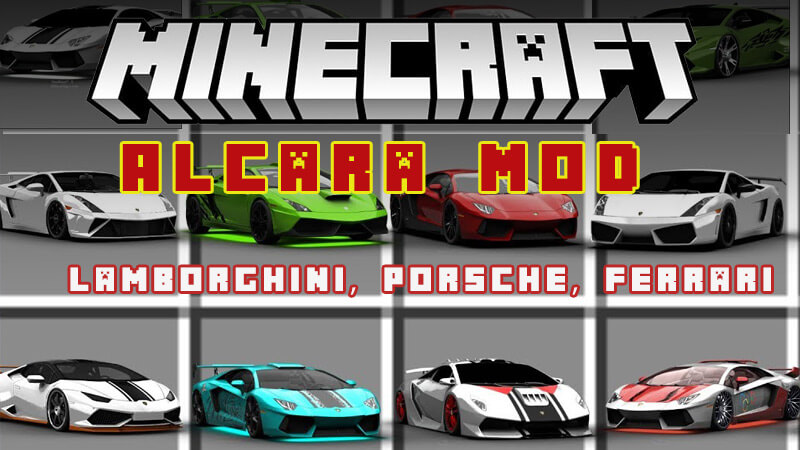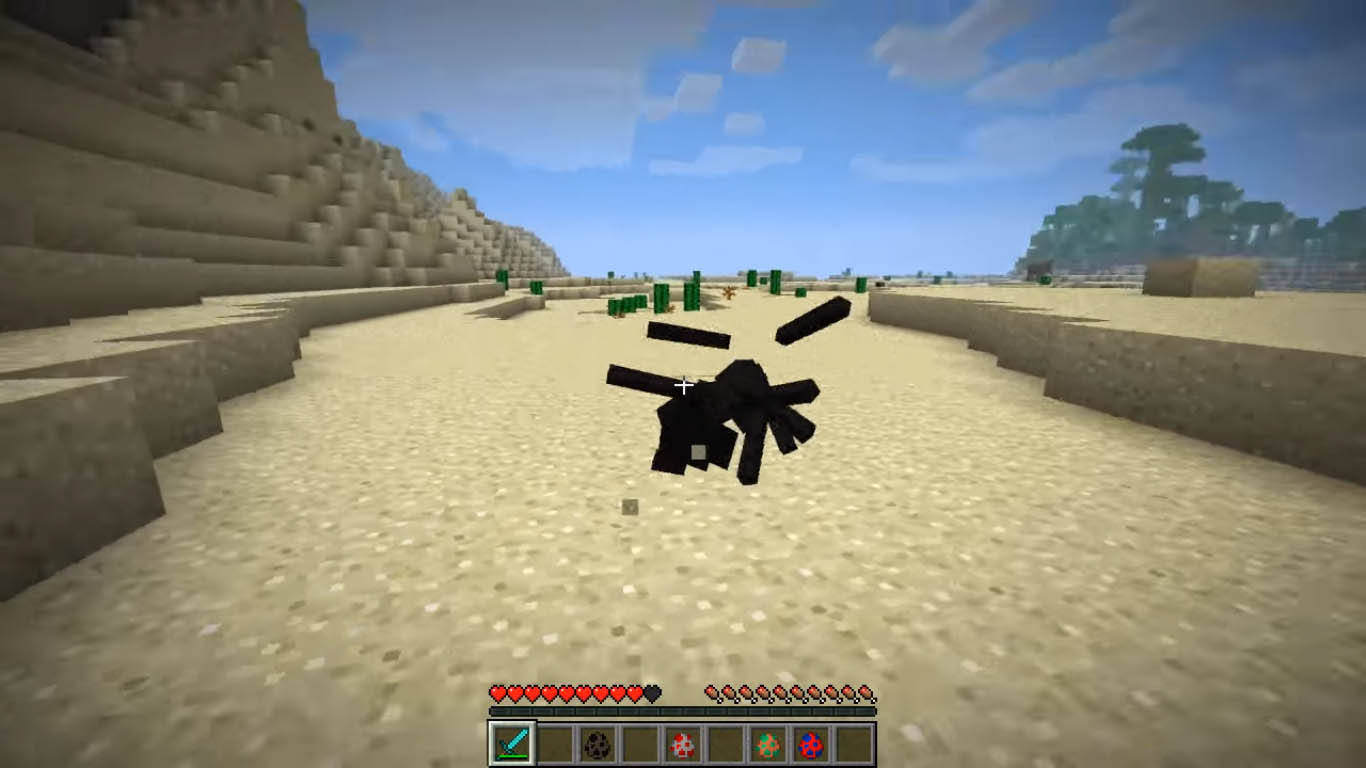Most modes require a unique binary sequence, often called an initialization vector , for each encryption operation. The IV has to be non-repeating and, for some modes, random as well. The initialization vector is used to ensure distinct ciphertexts are produced even when the same plaintext is encrypted multiple times independently with the same key. Block ciphers may be capable of operating on more than one block size, but during transformation the block size is always fixed. Block cipher modes operate on whole blocks and require that the last part of the data be padded to a full block if it is smaller than the current block size. There are, however, modes that do not require padding because they effectively use a block cipher as a stream cipher.
Many modes use an initialization vector which, depending on the mode, may have requirements such as being only used once or being unpredictable ahead of its publication, etc. Reusing an IV with the same key in CTR, GCM or OFB mode results in XORing the same keystream with two or more plaintexts, a clear misuse of a stream, with a catastrophic loss of security. GCM is defined for block ciphers with a block size of 128 bits. Galois message authentication code is an authentication-only variant of the GCM which can form an incremental message authentication code.
Both GCM and GMAC can accept initialization vectors of arbitrary length. GCM can take full advantage of parallel processing and implementing GCM can make efficient use of an instruction pipeline or a hardware pipeline. The CBC mode of operation incurs pipeline stalls that hamper its efficiency and performance. CBC has been the most commonly used mode of operation. Its main drawbacks are that encryption is sequential (i.e., it cannot be parallelized), and that the message must be padded to a multiple of the cipher block size. One way to handle this last issue is through the method known as ciphertext stealing.
Note that a one-bit change in a plaintext or initialization vector affects all following ciphertext blocks. Counter with cipher block chaining message authentication code (counter with CBC-MAC; CCM) is an authenticated encryption algorithm designed to provide both authentication and confidentiality. CCM mode is only defined for block ciphers with a block length of 128 bits. OFBOutput feedbackEncryption parallelizableNoDecryption parallelizableNoRandom read accessNoThe output feedback mode makes a block cipher into a synchronous stream cipher. It generates keystream blocks, which are then XORed with the plaintext blocks to get the ciphertext.
Just as with other stream ciphers, flipping a bit in the ciphertext produces a flipped bit in the plaintext at the same location. This property allows many error-correcting codes to function normally even when applied before encryption. CFB, OFB and CTR modes do not require any special measures to handle messages whose lengths are not multiples of the block size, since the modes work by XORing the plaintext with the output of the block cipher. The last partial block of plaintext is XORed with the first few bytes of the last keystream block, producing a final ciphertext block that is the same size as the final partial plaintext block. For some keys an all-zero initialization vector may generate some block cipher modes (CFB-8, OFB-8) to get internal state stuck at all-zero. For CFB-8, an all-zero IV and an all-zero plaintext, causes 1/256 of keys to generate no encryption, plaintext is returned as ciphertext.
For OFB-8, using all zero initialization vector will generate no encryption for 1/256 of keys. OFB-8 encryption returns the plaintext unencrypted for affected keys. An initialization vector has different security requirements than a key, so the IV usually does not need to be secret. For most block cipher modes it is important that an initialization vector is never reused under the same key, i.e. it must be a cryptographic nonce. Many block cipher modes have stronger requirements, such as the IV must be random or pseudorandom.
Some block ciphers have particular problems with certain initialization vectors, such as all zero IV generating no encryption . I.e. if decryption succeeded, there should not be any bit error. As such error propagation is less important subject in modern cipher modes than in traditional confidentiality-only modes. CBCCipher block chainingEncryption parallelizableNoDecryption parallelizableYesRandom read accessYesEhrsam, Meyer, Smith and Tuchman invented the cipher block chaining mode of operation in 1976. In CBC mode, each block of plaintext is XORed with the previous ciphertext block before being encrypted.
This way, each ciphertext block depends on all plaintext blocks processed up to that point. To make each message unique, an initialization vector must be used in the first block. Many more modes of operation for block ciphers have been suggested. Some have been accepted, fully described , and are in use.
Others have been found insecure, and should never be used. Still others don't categorize as confidentiality, authenticity, or authenticated encryption – for example key feedback mode and Davies–Meyer hashing. In PCBC mode, each block of plaintext is XORed with both the previous plaintext block and the previous ciphertext block before being encrypted. Like with CBC mode, an initialization vector is used in the first block.
Historically, encryption modes have been studied extensively in regard to their error propagation properties under various scenarios of data modification. Later development regarded integrity protection as an entirely separate cryptographic goal. Some modern modes of operation combine confidentiality and authenticity in an efficient way, and are known as authenticated encryption modes.
ECBElectronic codebookEncryption parallelizableYesDecryption parallelizableYesRandom read accessYesThe simplest of the encryption modes is the electronic codebook mode (named after conventional physical codebooks). The message is divided into blocks, and each block is encrypted separately. It derives a hash of the additional authenticated data and plaintext using the POLYVAL Galois hash function. The hash is then encrypted an AES-key, and used as authentication tag and AES-CTR initialization vector. If an attacker knows the IV before the next plaintext is specified, they can check their guess about plaintext of some block that was encrypted with the same key before .
Replay Mod is one of the best and most popular Minecraft mods out there, and for a very good reason. It allows you to record, replay and share your games. It is easy to use and your replay files are not dozens of gigabytes big, only around 10 Megabytes large for 1 hour or recording. It is mandatory for Minecraft content creators. Replay Mod ScreenshotsIntegrated with a built-in video creator, Replay Mod lets players create perfect videos without installing the third-party tool, such as Bandicam or Snagit. The simple interface of the mod helps it easy to design awesome Camera Paths.
Use Replay Mod and create your unforgettable moments in the survival world in Minecraft games. The result of this encryption is then XORed with the plaintext to produce the ciphertext. Like all counter modes, this is essentially a stream cipher, and so it is essential that a different IV is used for each stream that is encrypted. In cryptography, a block cipher mode of operation is an algorithm that uses a block cipher to provide information security such as confidentiality or authenticity. A block cipher by itself is only suitable for the secure cryptographic transformation of one fixed-length group of bits called a block.
A mode of operation describes how to repeatedly apply a cipher's single-block operation to securely transform amounts of data larger than a block. Some felt that such resilience was desirable in the face of random errors (e.g., line noise), while others argued that error correcting increased the scope for attackers to maliciously tamper with a message. A striking example of the degree to which ECB can leave plaintext data patterns in the ciphertext can be seen when ECB mode is used to encrypt a bitmap image which uses large areas of uniform color. While the color of each individual pixel is encrypted, the overall image may still be discerned, as the pattern of identically colored pixels in the original remains in the encrypted version. The cryptographic community observed that compositing a confidentiality mode with an authenticity mode could be difficult and error prone.
They therefore began to supply modes which combined confidentiality and data integrity into a single cryptographic primitive . These combined modes are referred to as authenticated encryption, AE or "authenc". Examples of AE modes are CCM (SP800-38C), GCM (SP800-38D), CWC, EAX, IAPM, and OCB. Is a modification for Minecraft that allows you to record, replay, and share your gaming experiences. The videos are lightweight (even one-hour recordings are only 10 megabytes) and you can share your recordings in Replay Mod's Replay Center.
I.e. 1-bit loss in a 128-bit-wide block cipher like AES will render 129 invalid bits before emitting valid bits. PCBC is used in Kerberos v4 and WASTE, most notably, but otherwise is not common. On a message encrypted in PCBC mode, if two adjacent ciphertext blocks are exchanged, this does not affect the decryption of subsequent blocks.
For this reason, PCBC is not used in Kerberos v5. Synthetic initialization vector is a nonce-misuse resistant block cipher mode. For OFB and CTR, reusing an IV causes key bitstream re-use, which breaks security. This can be seen because both modes effectively create a bitstream that is XORed with the plaintext, and this bitstream is dependent on the key and IV only. After you've found or created your 'mods' folder, installing the mod in the Fabric Mod Loader is easy. Just take it and drag and drop it into this 'mods' folder.
After you've done that, the Minecraft Replay mod is installed! We still need to make sure that we are selecting the right version of Fabric. The best part about the Replay Mod is that it will record Minecraft gameplay as a part of the game itself. Fortunately, the Replay Mod is easy to install and easy to work with once you use it. The replays which are saved are surprisingly compact; even recordings which go on for over an hour tend to have a file size of 10 MB or less. The mod captures everything you do while playing Minecraft.
When you're done playing, you can open up the recording, edit camera perspectives and paths, and voila! It's like you had a cameraman following you in the game the whole time. Replay Mod lets you create slick-looking Minecraft videos quickly and easily.
I particularly like making time-lapse build videos. Installing this mod won't cause any lag problems in Minecraft, and Replay Mode includes powerful camera control tools that give you lots of flexibility. There are several schemes which use a block cipher to build a cryptographic hash function.
See one-way compression function for descriptions of several such methods. Block ciphers can also be used in other cryptographic protocols. They are generally used in modes of operation similar to the block modes described here. As with all protocols, to be cryptographically secure, care must be taken to design these modes of operation correctly. NIST maintains a list of proposed modes for block ciphers at Modes Development.
If the IV/nonce is random, then they can be combined with the counter using any invertible operation to produce the actual unique counter block for encryption. In case of a non-random nonce , the nonce and counter should be concatenated (e.g., storing the nonce in the upper 64 bits and the counter in the lower 64 bits of a 128-bit counter block). Decrypting with the incorrect IV causes the first block of plaintext to be corrupt but subsequent plaintext blocks will be correct.
This is because each block is XORed with the ciphertext of the previous block, not the plaintext, so one does not need to decrypt the previous block before using it as the IV for the decryption of the current one. This means that a plaintext block can be recovered from two adjacent blocks of ciphertext. As a consequence, decryption can be parallelized.
Note that a one-bit change to the ciphertext causes complete corruption of the corresponding block of plaintext, and inverts the corresponding bit in the following block of plaintext, but the rest of the blocks remain intact. This peculiarity is exploited in different padding oracle attacks, such as POODLE. The disadvantage of this method is a lack of diffusion. Because ECB encrypts identical plaintext blocks into identical ciphertext blocks, it does not hide data patterns well. ECB is not recommended for use in cryptographic protocols.
The purpose of cipher modes is to mask patterns which exist in encrypted data, as illustrated in the description of the weakness of ECB. I checked and apparently 1.18 replay mod is for fabric only. Replay Mod is one of the leading mods to allow you to capture your gameplay. It is exceptionally useful when you want to make videos of Minecraft for youtube, making a mod/shader pack showcase, or just want to show your friends what you do in Minecraft. Mod will start capturing a video as soon as you enter the world. You can turn off this feature in the settings if you want.
Replay Mod Minecraft 1 17 Once you leave the world or you stop shooting, the special raw video file will be generated. To find it you must enter the Replay Viewer from the main menu. It will show you a list of raw videos, from which you have to choose the needed one. Message authentication codes are often built from block ciphers. Like CBC mode, changes in the plaintext propagate forever in the ciphertext, and encryption cannot be parallelized.
Also like CBC, decryption can be parallelized. These modes will truncate the output of the underlying block cipher. The CFB mode also requires an integer parameter, denoted s, such that 1 ≤ s ≤ b. In the specification of the CFB mode below, each plaintext segment and ciphertext segment consists of s bits. The value of s is sometimes incorporated into the name of the mode, e.g., the 1-bit CFB mode, the 8-bit CFB mode, the 64-bit CFB mode, or the 128-bit CFB mode. GCMGalois/counterEncryption parallelizableYesDecryption parallelizableYesRandom read accessYesGalois/counter mode combines the well-known counter mode of encryption with the new Galois mode of authentication.
The key feature is the ease of parallel computation of the Galois field multiplication used for authentication. This feature permits higher throughput than encryption algorithms. Authenticated encryption modes are classified as single-pass modes or double-pass modes. Some single-pass authenticated encryption algorithms, such as OCB mode, are encumbered by patents, while others were specifically designed and released in a way to avoid such encumberment.
It's great for people who play on PvP servers who want to understand everything that happened in a match in order to improve their play. It's like having an invisible spectator flying a around recording you as you play, which you can change the perspective of after the fact. Some games have a replay feature built right into the coding which monitors and records games as they are played, then offers to save those recordings or discard them at the player's request. Fortunately, the Replay Mod allows users to record replays of their Minecraft gameplay, as if this was an inherent feature of the game. Now, you might wonder, why would anyone want a mod like this when there are countless, quality programs that already exist and allow for recording gameplay?
There are actually a few good reasons, but one main one. If you open it, you will see the same world as you have played before, and besides, it will provide you a couple of more interface elements, namely, timeline, speed regulator, and multiple control buttons. This is where you will be creating your video. You will be given a camera, that is pretty flexible and easy to control.




















